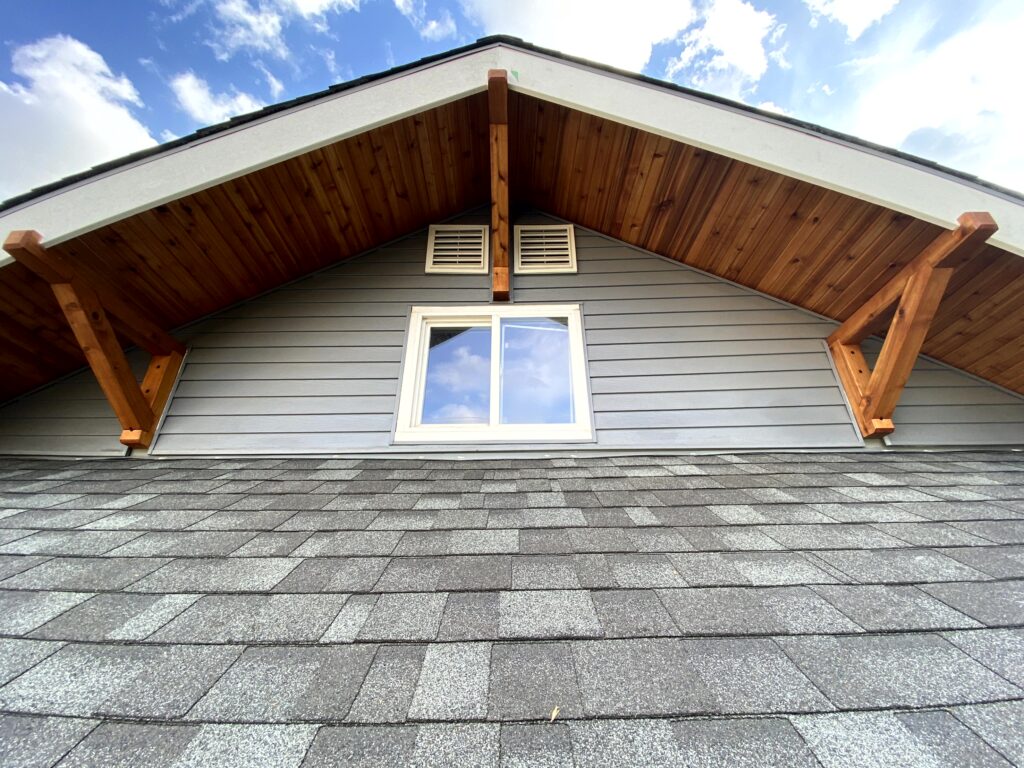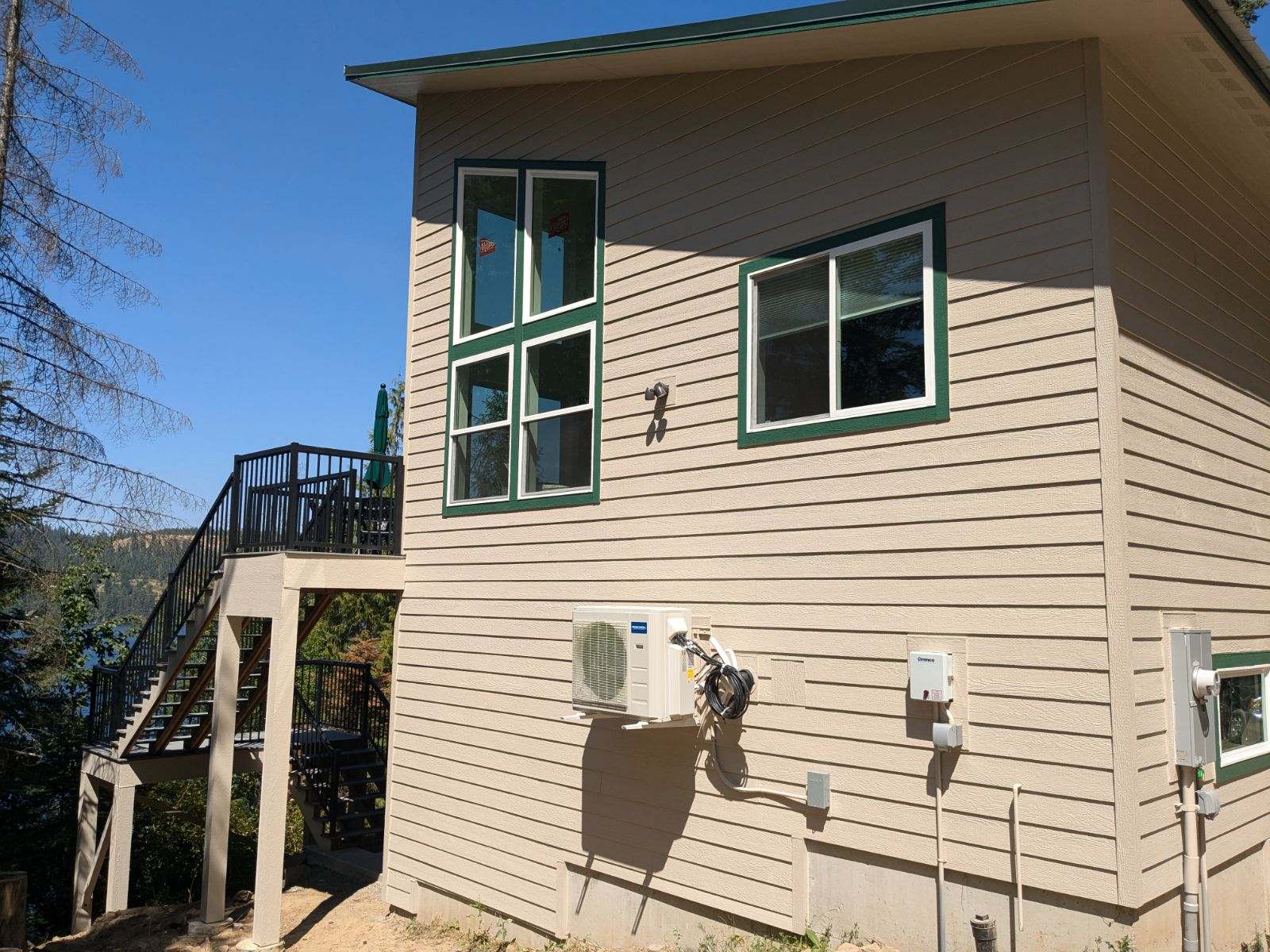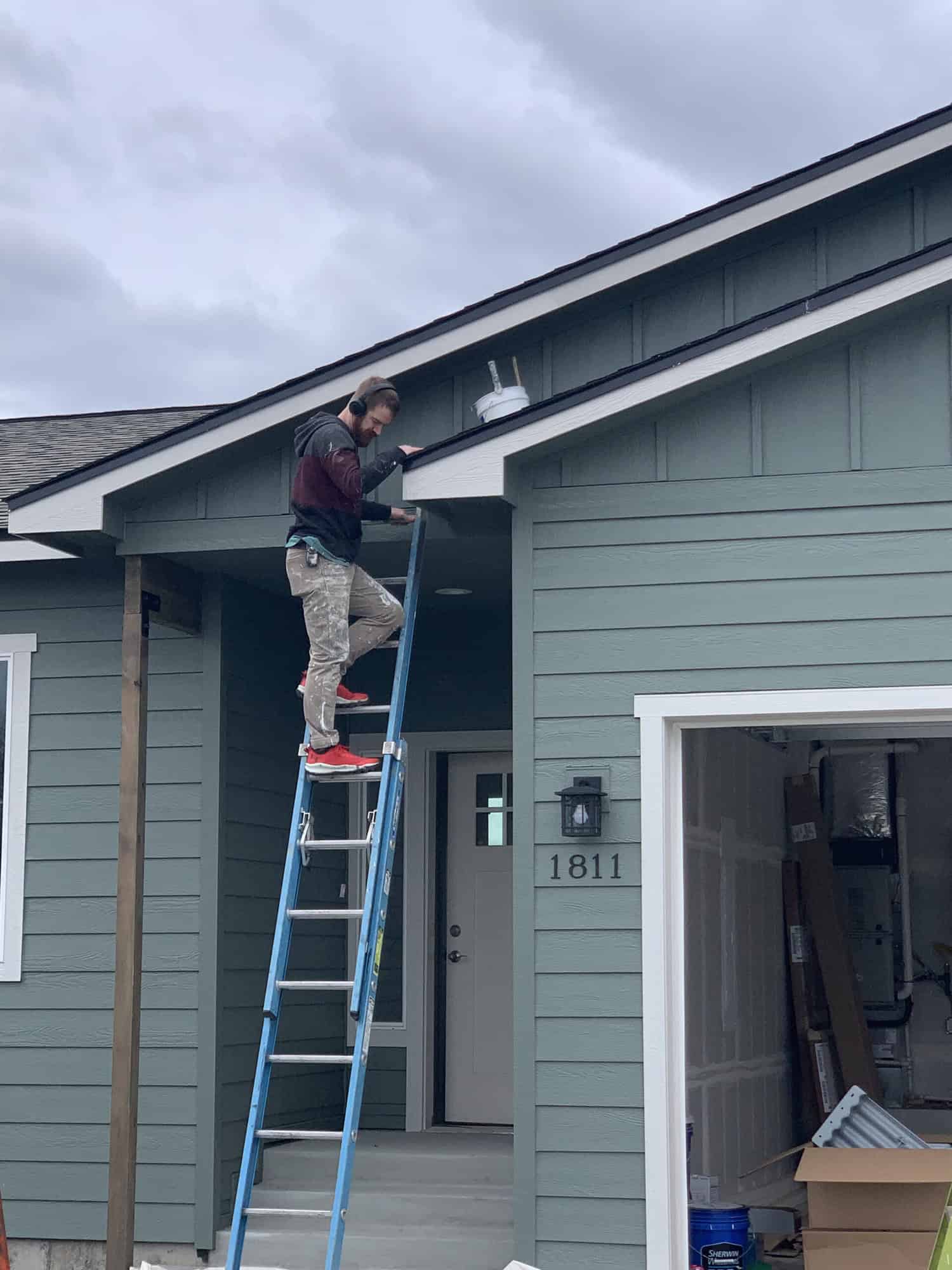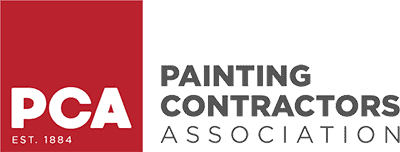If your home in Spokane Valley, WA was built before 1978, there’s a good chance that its original coat included lead paint. While it might seem like a distant concern—buried under layers of newer paint—the risks are still very real.
Lead-based paint isn’t just an issue of aesthetics or property maintenance. When it begins to deteriorate, flake, or chip, it can release invisible dust containing toxic lead particles. That dust settles on soil, porches, window sills—and it’s easily tracked into your home. Worse, children, pets, and pregnant women are especially vulnerable to lead poisoning.
We’ve seen it happen. Homeowners call us thinking they just need a quick repaint. But when we discover deteriorating lead-based paint underneath, the project becomes more about protecting health than boosting curb appeal.
This guide will walk you through what lead paint is, how to spot it, what to do if your home has it, and why hiring a certified lead paint removal professional is not just smart—but necessary.
What Is Lead Paint and Why Is It Dangerous?
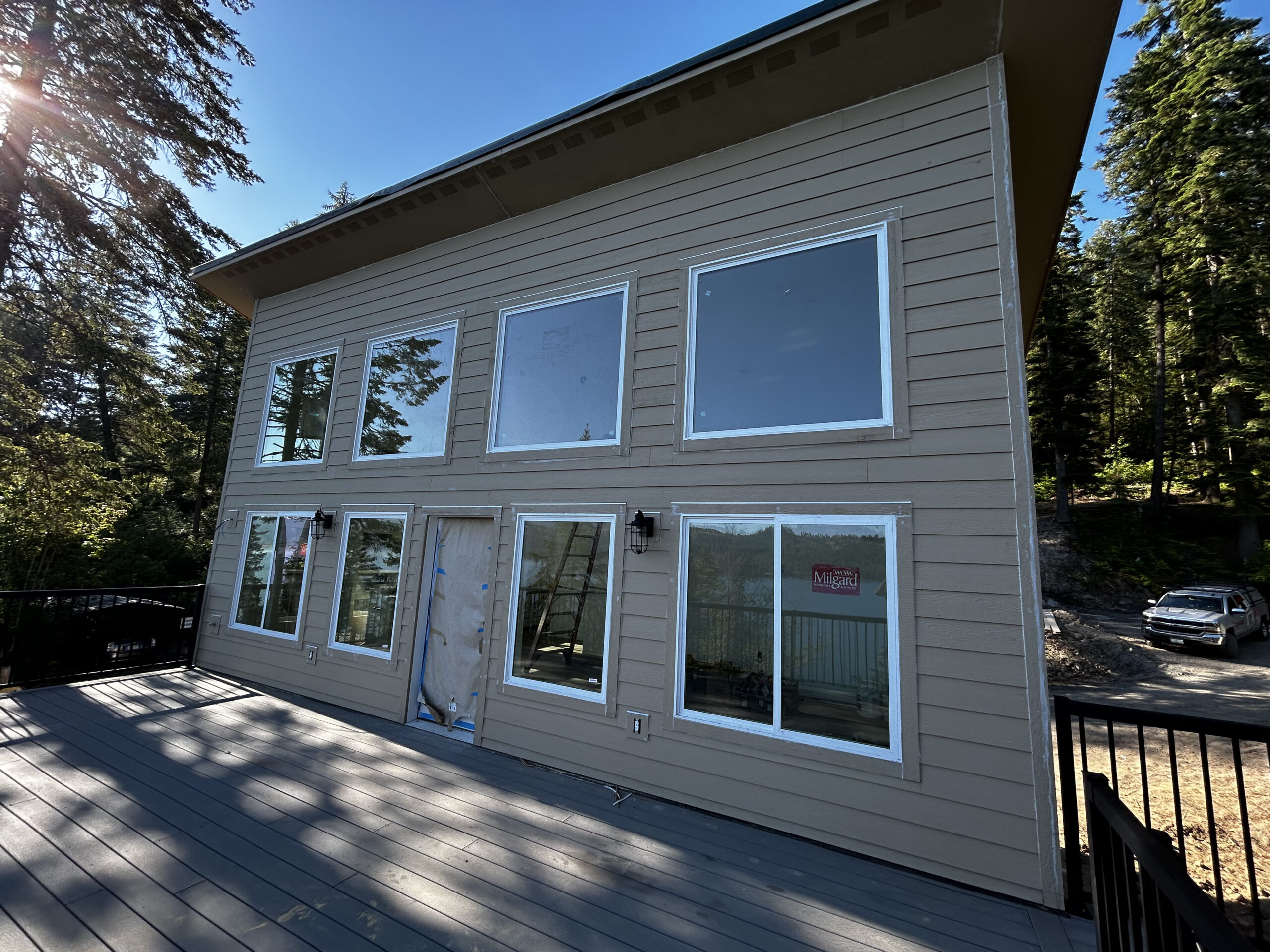
Understanding Lead-Based Paint
Lead-based paint was widely used in American homes for decades due to its durability and rich pigmentation. It was finally banned in residential use in 1978. Unfortunately, thousands of homes across the Pacific Northwest—including Spokane Valley—were built before this ban.
If your home is older and hasn’t had a full exterior renovation or paint removal since the 1970s, lead-based paint may still be present under newer layers.
The Real Health Risks
Lead paint is particularly dangerous when it deteriorates or is disturbed. Tiny flakes or dust particles can be inhaled or ingested, especially by children playing near the exterior of a home.
Chronic lead exposure can cause:
-
Developmental delays
-
Behavioral issues
-
Memory problems and learning disabilities
-
High blood pressure and kidney damage in adults
-
Reproductive problems
For Spokane Valley homeowners, these risks are compounded by our often windy, dry conditions, which can accelerate the spread of dust from chipping or peeling paint.
How to Tell If Your Home Has Lead Paint
Signs You Shouldn’t Ignore
In older neighborhoods like Dishman, Millwood, or Chester, many homes built before 1978 still have layers of original paint buried beneath more modern finishes. Signs that your home may have lead-based paint include:
-
Peeling or chipping paint that resembles “alligator skin” or has spider-web cracks
-
Multiple layers of paint that look unusually thick or rubbery
-
Paint dust accumulating near the base of siding or window trim
Lead Paint Testing Methods
There are two ways to confirm whether your home’s exterior has lead paint:
DIY Test Kits
Available at most Spokane Valley hardware stores, lead test kits can give you a quick answer. They’re simple to use: rub the solution on a paint chip or exposed area. If the swab turns red or pink, lead is likely present.
Professional Lead Testing
For a more reliable result, hire a certified lead inspector. Professionals use X-ray fluorescence (XRF) devices to detect lead even beneath newer paint layers. This is especially useful if your home has been painted over multiple times.
What To Do If Lead Paint Is Found
First Rule: Don’t Disturb It
We get it—you want to act fast. But if you suspect or confirm the presence of lead paint, stop. Avoid sanding, scraping, or pressure washing the area.
Disturbing lead-based paint without containment methods spreads hazardous particles that can contaminate your soil, home interior, and even your neighbors’ property.
Safe Immediate Actions
If the paint is peeling or deteriorating:
-
Tape off or block access to the affected area.
-
Use a wet cloth to gently clean any dust from surrounding surfaces.
-
Avoid using vacuums or dry brooms, which can redistribute dust.
Then, contact a certified lead-safe contractor in the Spokane Valley area for professional evaluation and remediation.
How Professionals Remove Lead Paint
Encapsulation: A First Line of Defense
Encapsulation is a safer, cost-effective way to deal with lead paint—especially if the original paint is still intact. A special liquid coating is applied over the surface, effectively sealing in the lead.
In our experience working with historic homes near Opportunity or Spokane River neighborhoods, encapsulation has been a practical solution when full removal isn’t immediately feasible.
Full Paint Removal
This method involves stripping all lead-containing paint from your home’s exterior. It’s a more permanent fix but significantly more expensive. It also involves:
-
Setting up sealed work zones
-
Using HEPA-filtered sanding or chemical strippers
-
Disposing of debris following EPA regulations
Only EPA Lead-Safe Certified professionals should handle full removal. Not only is it required by law—it’s the only way to ensure your family’s safety during the process.
Siding or Trim Replacement
Sometimes the most efficient route is to replace lead-painted wood or trim entirely. This is often the best option if the material is damaged, rotting, or warped.
Why DIY Lead Paint Removal Is a Serious Risk
Health Hazards of Do-It-Yourself
Attempting to scrape or sand lead paint yourself—without containment or protective gear—is extremely dangerous. Airborne dust can linger for days and enter your lungs or settle onto surfaces.
Homeowners who attempt DIY removal often unknowingly spread contamination to soil, interior floors, and HVAC systems.
What Certified Professionals Do Differently
Professionals use containment sheeting, negative air machines, and filtered respirators. They:
-
Work within controlled zones
-
Use vacuums with HEPA filters
-
Wear protective clothing
-
Dispose of waste in sealed, labeled containers
It’s not just about the tools—it’s about training. Spokane Valley professionals are required to follow federal and state lead regulations to protect both your family and the community.
Protecting Your Home Moving Forward
Regular Exterior Maintenance
Even if your home tests positive for lead paint, consistent maintenance can greatly reduce risks. Keep painted surfaces clean and intact. Don’t let moisture build up—Spokane Valley winters and wet springs can damage paint faster than you expect.
Repainting with Modern, Safe Products
When the time comes to repaint, use high-quality, lead-free paints from trusted brands like Benjamin Moore or Sherwin-Williams. These products offer excellent durability and are formulated for our dry summers and snow-heavy winters.
Future Renovations
If you plan to renovate or add to your home, always check for lead paint first—especially on siding, windows, and trim. Hiring a contractor who follows lead-safe practices isn’t optional—it’s a legal requirement.
Quick Reference: What To Do If You Find Lead Paint
- Stop any scraping or sanding immediately
- Block off the affected area to prevent access
- Clean gently with a damp cloth—never dry methods
- Call a lead-safe certified contractor for inspection
- Discuss options: encapsulation, removal, or replacement
Final Thoughts
Lead Paint Is Manageable—With the Right Help
Discovering lead paint on your Spokane Valley home’s exterior can be alarming—but it doesn’t have to be a disaster. The key is acting safely, quickly, and with expert help.
You’re not just protecting your property—you’re protecting your health, your family, and your neighbors. Whether you’re restoring a Craftsman in the South Valley or maintaining a mid-century home near Arbor Crest, lead-safe practices will keep your home both beautiful and secure for decades to come.
Ready to Take the Next Step?
Don’t gamble with your family’s safety—or risk costly mistakes. Our Spokane Valley team is fully certified, experienced in handling lead paint on all types of exteriors, and committed to doing it right the first time.
Contact Heinemann Painting today for a free consultation. We’ll inspect your home, answer all your questions, and help you move forward safely and confidently.



